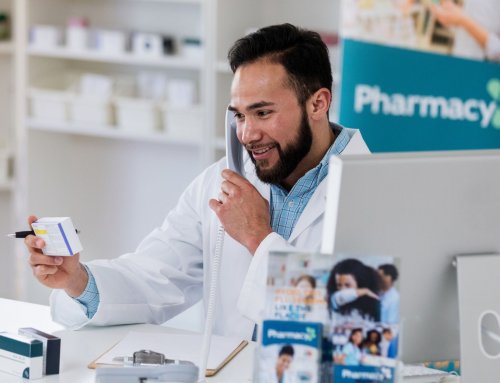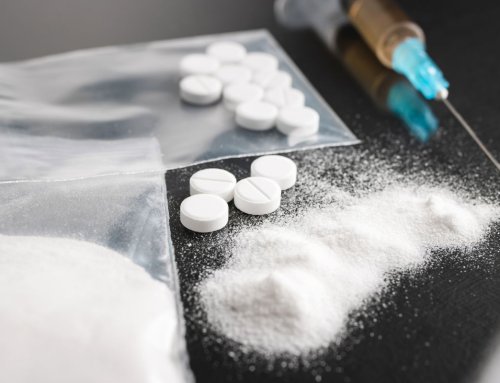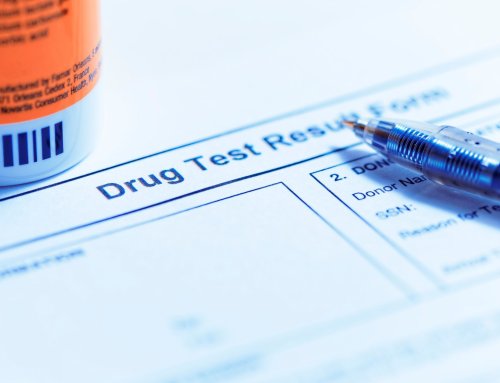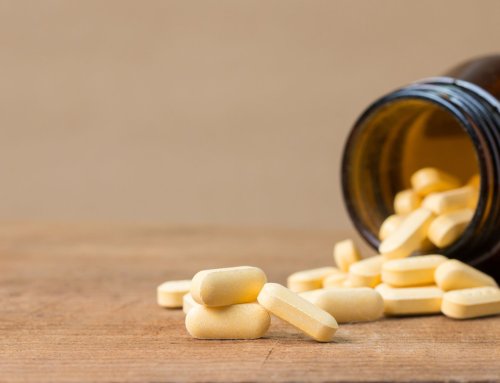Have you been searching for “Medical Detox Near Me” and wondering where to start? You don’t have to go through it alone; there are safe and effective detox centers near you that can help.
This guide introduces what medical detox is, the different types of treatment available, and how to get help right away.
What Is Medical Detox?
Medical detox is the first step in breaking free from drug or alcohol dependence. It helps your body remove harmful substances while keeping you as safe and comfortable as possible.
Detox isn’t the final step in recovery; it’s a way to get your body ready for the next part of the journey, whether that’s therapy, rehab, or other treatment.
Why Is Medical Detox Important?
Stopping drugs or alcohol on your own can be dangerous. Your body has gotten used to these substances, and quitting suddenly can cause withdrawal symptoms. Some symptoms, like nausea, anxiety, or trouble sleeping, are uncomfortable.
Others, like seizures or severe dehydration, can be life-threatening. A medical detox program provides supervision, medications, and support to help manage these symptoms safely.
A Balance of Care
Medical detox is not the same for everyone. The right treatment depends on your needs, the substances you’ve used, and your personal preferences.
Doctors may use different medications to ease withdrawal, change how they’re given, and adjust the level of care based on your condition. Along with medicine, counseling and emotional support are also important. Studies show that detox works best when combined with therapy and support programs.1
Detox Is Just the Beginning
While detox helps clear your system, it doesn’t cure addiction. If you stop treatment after detox, the risk of relapse – or even overdose – goes up.
That’s why detox should be followed by more support, like counseling or rehab. A full recovery plan gives you the best chance to stay drug-free and build a healthier life.
Types of Medically-Assisted Detox Available for Individuals
According to a study found in the British Journal of Clinical Pharmacology, different medications are used depending on the substance you’re detoxing from.
Below is a simple overview based on the research paper:
1. Alcohol Detox
- Benzodiazepines: Medications like chlordiazepoxide and diazepam can reduce withdrawal symptoms and prevent serious issues like seizures.
- Anticonvulsants/Antiglutamatergics: Drugs such as pregabalin and topiramate may help manage withdrawal by calming overactive brain activity.
2. Opioid Detox
- Methadone and Buprenorphine: These medications can ease withdrawal symptoms and cravings by acting on the same brain receptors as opioids without the same high.
- α₂-Adrenoceptor Agonists: Medications like lofexidine can help reduce withdrawal symptoms by calming certain stress responses in your body.
3. Nicotine Detox
- Nicotine Replacement Therapy (NRT): Products like patches, gum, and nasal sprays provide small, controlled amounts of nicotine to ease withdrawal and reduce cravings.
- Antidepressants: Medications such as bupropion can help reduce nicotine cravings and withdrawal symptoms.
4. Benzodiazepine Detox
- Dose Tapering: Gradually reducing the dose of benzodiazepines like diazepam helps minimize withdrawal symptoms.
- Adjunct Medications: In some cases, other medications like pregabalin may be used to support the tapering process.
When you’re looking to safely stop using substances like alcohol, opioids, or nicotine, medical detox can help manage withdrawal symptoms and make the process more comfortable.
Inpatient vs. Outpatient Detox
When choosing a detox program, you have two main options: inpatient and outpatient detox. Both help you safely remove toxic substances from your body, but they work in different ways.
Inpatient Detox
Inpatient detox means you stay at a treatment center for several days or weeks. You get 24/7 medical care and support to help you through withdrawal. This is a good choice if:
- You have severe withdrawal symptoms.
- You need a safe, controlled environment.
- You’ve struggled with relapse before.
Outpatient Detox
Outpatient detox allows you to live at home while getting treatment. You visit a clinic or doctor regularly for check-ups and medication. This may be a good choice if:
- Your withdrawal symptoms are mild to moderate.
- You have strong support at home.
- You need to keep working or caring for family.
The best option depends on your health, substance use, and support system. If you’re unsure, a doctor or detox specialist can help you decide. No matter which you choose, taking the first step is what matters most.
Steps to Get Help Immediately
If you or someone you love needs medical detox, acting fast can make a big difference. Here’s how to get started:
1. How to Find a Medical Detox Center Near You
The first step is to find a detox center that fits your needs. Here’s how you can do that:
- Search online. Look for “medical detox near me” or check websites that list rehab and detox centers.
- Call a helpline. Many addiction hotlines can guide you to a nearby detox center, such as SAMHSA’s National Helpline – Call 1-800-662-HELP (4357) for free, confidential support 24/7.
- Ask a doctor or specialist. Your healthcare provider can recommend trusted detox programs.
- Check your insurance. Contact your insurance company to see which detox centers are covered under your plan.
2. What to Expect During the Admission Process
Once you find a detox center, you’ll need to go through an admission process. What usually happens include:
- Initial assessments. Doctors and nurses will ask about your medical history, substance use, and overall health to create a detox plan.
- Paperwork and insurance checks. You may need to fill out forms and confirm your insurance or payment plan.
- Medical check-ups. A physical exam helps staff understand your condition and prepare for any withdrawal symptoms.
- Starting detox. You’ll receive medical care, medications if needed, and support to help you through the withdrawal process.
3. Support and Resources Available After Detox
Detox is just the first step. To stay on the path to recovery, you’ll need ongoing support. Here are some options:
- Rehab programs. Many people continue treatment in inpatient or outpatient rehab to learn coping skills and avoid relapse.
- Counseling and therapy. Talking to a professional can help you deal with triggers and build a healthier lifestyle.
- Support groups. Groups like Alcoholics Anonymous (AA) or Narcotics Anonymous (NA) connect you with others who understand your journey.
- Medication-assisted treatment (MAT). If needed, doctors may prescribe medications to help manage cravings and prevent relapse.
Taste Recovery is here to assist you. We provide a free, nationwide service to help you find safe, peer-reviewed residential rehab treatment centers. Our platform allows you to search hundreds of listings to set you on the path to a healthier, substance-free life. Visit our website to explore detox options and take the first step today.
Source:
- Timko, C., Below, M., Schultz, N. R., Brief, D., & Cucciare, M. A. (2015). Patient and Program Factors that Bridge the Detoxification-Treatment Gap: A Structured Evidence Review. Journal of Substance Abuse Treatment, 52, 31–39. https://pubmed.ncbi.nlm.nih.gov/25530425/










